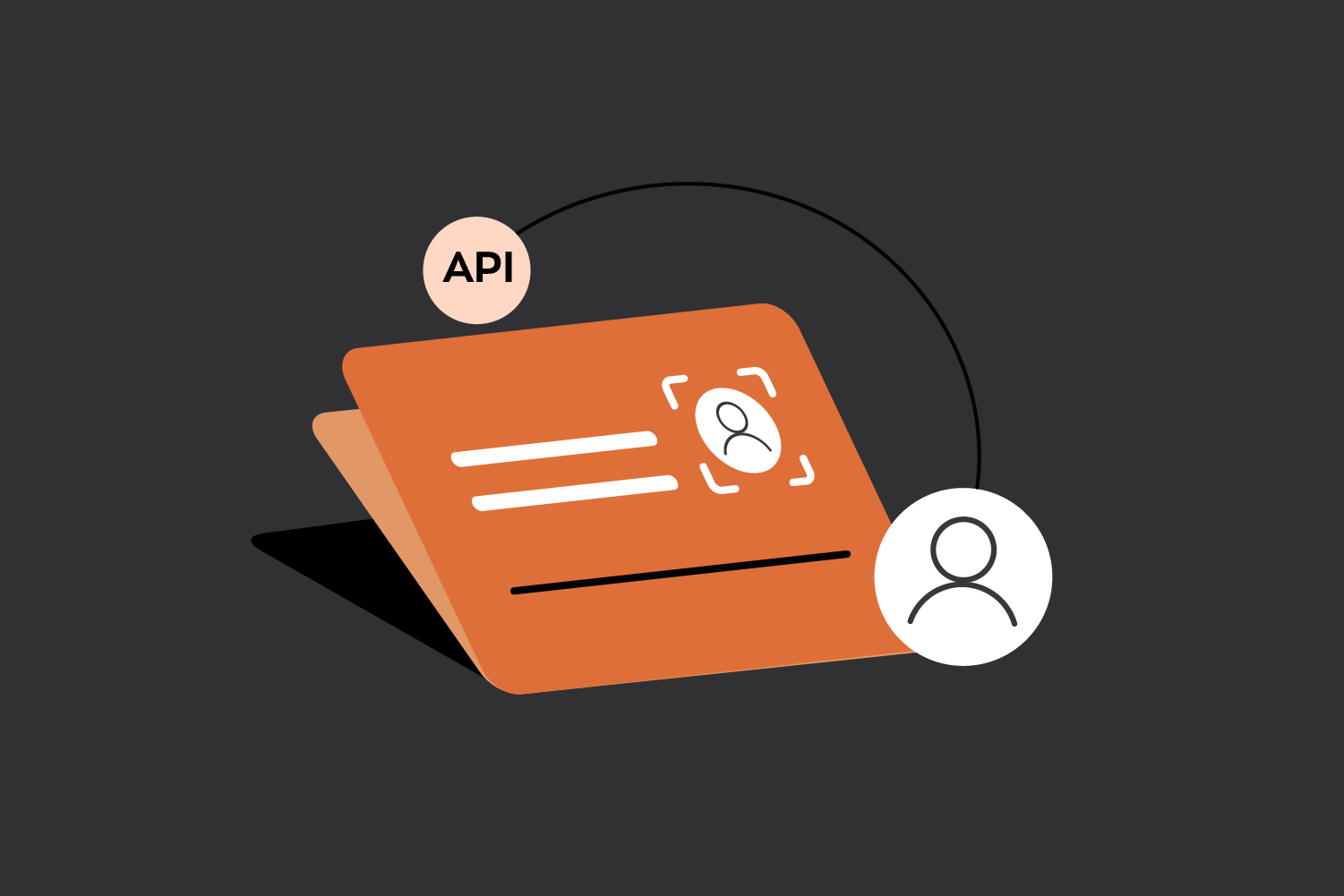Introduced under the Goods and Services Tax (GST) regime, e-invoicing aims to streamline invoicing, reduce tax evasion, and enhance compliance efficiency.
While e-invoicing is primarily mandated for business-to-business (B2B) transactions, the government is gradually extending its scope to include business-to-consumer (B2C) invoices, particularly for high-value transactions. Businesses that fail to comply with e-invoicing regulations risk penalties, disruptions in input tax credit (ITC) claims, and increased scrutiny from tax authorities.
However, despite its growing adoption, many businesses still have questions about how it works, its applicability, and how they can integrate it seamlessly into their operations.
What is E-Invoicing?
E-invoicing refers to the electronic reporting of invoices to the government’s Invoice Registration Portal (IRP) in a standardized JSON format. Unlike traditional invoices, which are manually created and shared with buyers, e-invoices must be digitally validated and assigned a unique Invoice Reference Number (IRN) before they are legally recognized under GST.
Legal Basis for E-Invoicing
E-invoicing is governed by Rule 48(4) of the Central Goods and Services Tax (CGST) Rules, 2017, which mandates that notified businesses generate invoices through the IRP to be considered valid under GST law. Without an IRN and QR code, an invoice is deemed non-compliant, making it ineligible for ITC claims and subjecting businesses to penalties.
Who Needs to Generate E-Invoices?
The turnover threshold for e-invoicing has been progressively lowered over the years:
| Implementation Date | Turnover Threshold for Mandatory E-Invoicing |
| October 2020 | ₹500 crore and above |
| January 2021 | ₹100 crore and above |
| April 2021 | ₹50 crore and above |
| April 2022 | ₹20 crore and above |
| October 2022 | ₹10 crore and above |
| August 2023 | ₹5 crore and above |
Currently, e-invoicing is mandatory for businesses with an annual aggregate turnover exceeding ₹5 crore in any financial year from 2017-18 onwards.
Who is Exempt from E-Invoicing?
Certain businesses are exempt from e-invoicing, even if they exceed the turnover threshold. These include:
- Banks, NBFCs, and financial institutions
- Insurance companies
- Goods Transport Agencies (GTAs)
- SEZ units (only units, not developers)
- Government departments and local authorities
For businesses below ₹5 crore turnover, e-invoicing remains optional but is beneficial for improving compliance and reducing errors in tax reporting.
E-Invoicing for B2B vs. B2C Transactions
B2B Transactions (Mandatory E-Invoicing)
For B2B transactions, an invoice must be reported to the IRP, which then assigns an IRN and QR code. This process ensures that GST returns are auto-populated, ITC claims are seamless, and invoice fraud is minimized.
B2C Transactions (Voluntary E-Invoicing for Large Businesses)
While e-invoicing is not yet mandatory for B2C invoices, the GST Council has introduced a requirement for high-value B2C transactions to display a dynamic QR code.
- Businesses with turnover above ₹500 crore must include a dynamic QR code on B2C invoices.
- This QR code allows consumers to scan and verify the invoice details via digital payment apps, ensuring transparency and better tracking.
- The GST Council may expand e-invoicing to B2C transactions in the future to reduce revenue leakages.
How Does E-Invoicing Work?
The e-invoicing workflow consists of the following steps:
Step 1: Invoice Generation
Businesses use their ERP, billing, or accounting software to generate an invoice in a structured JSON format. The invoice must include GSTINs, invoice value, tax breakup, HSN codes, and other mandatory details.
Step 2: Upload to IRP
The invoice is uploaded to the Invoice Registration Portal (IRP), which validates the data and assigns an Invoice Reference Number (IRN).
Step 3: IRP Authentication & QR Code Generation
The IRP:
- Authenticates the invoice details
- Digitally signs the invoice
- Generates a QR code containing invoice details
Step 4: Auto-Population in GST Returns & E-Way Bill
- GSTR-1 is auto-filled, eliminating manual data entry errors.
- If applicable, e-way bills are automatically generated for goods transportation.
Step 5: Invoice Issuance to Buyer
The IRN-authenticated invoice is shared with the buyer, ensuring compliance and smooth ITC claims.
E-Invoicing Compliance Timelines & Penalties
E-Invoicing Deadlines
- Invoices must be reported to the IRP before issuance to buyers.
- Delay in generating an IRN can result in an invalid invoice.
Penalties for Non-Compliance
- Failure to generate an IRN: ₹10,000 per invoice
- Incorrect e-invoicing format: ₹25,000 per invoice
- Ineligibility for ITC claims (since invoices without IRN are invalid under GST)
Common Challenges Businesses Face with E-Invoicing
Despite its advantages, businesses often encounter implementation challenges, such as:
- Integration issues: Many businesses struggle to integrate their ERP/accounting software with the IRP.
- JSON format complexity: Invoices must be structured in JSON format, requiring technical expertise.
- IRP downtime: Occasional government portal failures can delay invoice generation.
- Compliance monitoring: GST rules frequently change, making compliance tracking essential.
To overcome these challenges, businesses can leverage automated e-invoicing solutions.
Key Compliance Points for Businesses
- Ensure your ERP software supports JSON format.
- Report invoices to the IRP for authentication.
- Verify IRN and QR code before sharing invoices.
- Stay updated on GST policy and rules ammendments.
- Automate E-Invoicing with APIs to reduce errors.
How Zwitch APIs Simplify E-Invoicing
Zwitch’s provides a fully automated API-driven e-invoicing solution that integrates directly with ERP and billing software, eliminating manual errors and ensuring seamless GST compliance.
Why Use Zwitch APIs for E-Invoicing?
- Seamless ERP integration.
- Auto-generate & validate JSON invoices.
- Real-time connectivity to IRP.
- Auto-populate GSTR-1 & E-Way Bills.
- Stay updated with GST changes.
By integrating Zwitch’s e-invoicing API, businesses can eliminate compliance bottlenecks, reduce invoicing errors, and ensure faster GST filings.
Interested in our APIs? Let’s talk!
Tell us your automation goals, and we’ll set you up with a free, personalized demo from our API expert.
Click HereE-invoicing is no longer an option—it’s a compliance necessity that enhances transparency, improves tax accuracy, and streamlines GST reporting. As thresholds lower and regulations evolve, businesses that embrace automation will have a competitive edge in tax compliance and operational efficiency.
FAQs
Is e-invoicing mandatory for all businesses in India?
No, e-invoicing is mandatory only for businesses with an annual aggregate turnover exceeding ₹5 crore. Businesses below this threshold can voluntarily adopt e-invoicing to improve compliance and efficiency.
Can I cancel an e-invoice after generating an IRN?
Yes, e-invoices can be canceled within 24 hours of IRN generation on the IRP under specific conditions. However:
- Partial cancellation is not allowed—if an invoice is incorrect, the entire invoice must be canceled.
- Once an invoice is canceled, the IRN cannot be re-used, and a fresh invoice must be generated.
- If 24 hours have passed, you cannot cancel the invoice via IRP. Instead, it must be manually reversed via a credit note in GST returns.
How does e-invoicing help in claiming Input Tax Credit (ITC)?
E-invoicing ensures that invoices are auto-populated in GSTR-1, reducing manual errors. Since invoices are digitally authenticated, they provide strong proof of transaction, making ITC claims faster and more reliable.
What happens if I fail to generate an IRN before issuing an invoice?
If an invoice is issued without an IRN, it is not considered valid under GST law. Consequences include:
- Penalty of ₹10,000 per invoice for non-generation.
- Ineligibility for ITC claims, impacting the buyer’s tax liability.
How can businesses integrate their ERP/accounting software with the IRP?
Businesses can use GSTN-approved APIs or third-party e-invoicing solutions like Zwitch APIs, which seamlessly connect with ERP and billing systems to automate IRN generation, GST return filing, and e-way bill integration.
Can I generate multiple IRNs for the same invoice?
No, once an IRN is generated, it cannot be duplicated. If an error occurs, the invoice must be canceled within 24 hours, and a fresh invoice must be issued with a new IRN.
Is e-invoicing applicable to export invoices?
Yes, e-invoicing is mandatory for export invoices if the business falls under the turnover threshold. Export invoices must be reported to the IRP, ensuring seamless GST compliance and auto-population in GSTR-1.



0 Comments